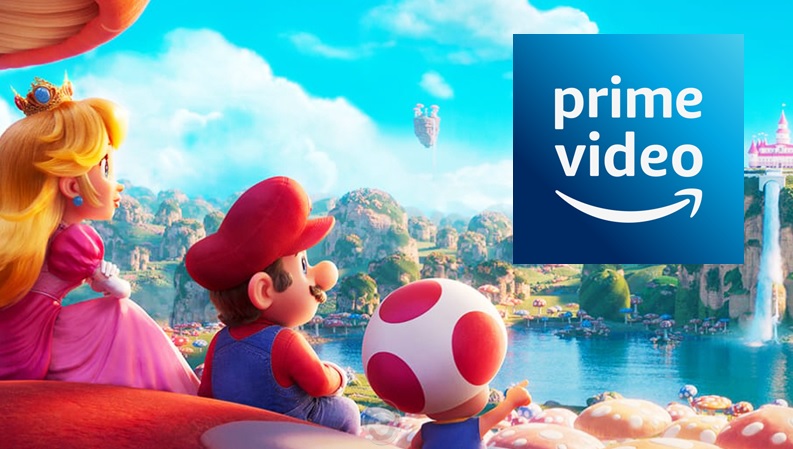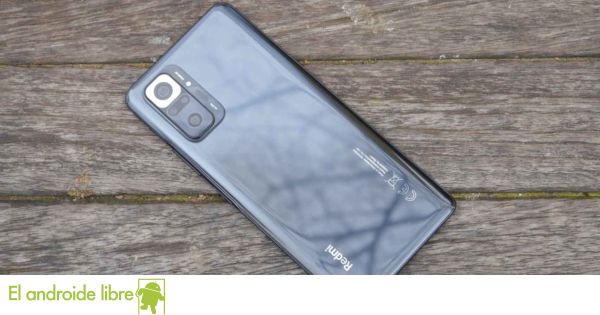Return to New Horizons and experience the highs and lows of an interior designer’s life with the latest DLC, Happy Home Paradise. With the promise of additional design features, such as partitions, pillars and counters, alongside the return of some familiar faces, will Happy Home Paradise be a match made in heaven for patient, budding stylists?
Since its arrival on the Nintendo Switch last year, Animal Crossing New Horizons has been somewhat of a haven for both veterans and newcomers to the series. Having launched at the beginning of the Covid-19 pandemic, the title has been a relaxing distraction from the real world for many people, evidenced by its mammoth sales, which led it to become the best-selling Switch game of Nintendo’s fiscal year from 1st April 2020 to 31st March 2021. Yet while the game launched to excellent reviews, our own included, its lack of continual updates over time became much more noticeable. Soon enough, islands that were full of beauty and care, quickly fell into disrepair. With players no longer cooped inside, wasting time with daily island tedium became something of the past.
Then, update 2.0 was announced – placing everything fans wanted in the game, (except for the Nook’s store expansion) including the blessed froggy chair and our beloved Kapp’n and Brewster. Suddenly, New Horizons felt fun to play again. Launching in conjunction with the major update was the Switch game’s first foray into paid DLC, Happy Home Paradise. Costing approximately £22.49 / $24.99 in the Nintendo eShop or available for free for those with the Nintendo Switch Online + Expansion Pack, Happy Home Paradise only requires a one-time purchase for all your Switch island’s residents to enjoy. That means each player has access to their own individual island, map and characters via their design profile, enabling them to experience the DLC’s story content at their own pace.
For those who are familiar with Animal Crossing: Happy Home Designer, you’ll be pleased to know that many of the features from the 2015 Nintendo 3DS title have been carried over to the Paradise DLC. From unlimited designs for one or two-storey vacation homes to choosing which residents to employ in the island’s facilities (restaurant, café and school), there is a familiar feel in every nook and cranny. While not a fully-fledged sequel to Designer, Paradise sits squarely in the middle, aiming to please those longing to scratch their interior designer itch without leaving the comfort of New Horizons. The beauty of this is that the game lends itself to new design customisation opportunities, such as the addition of partitions, pillars and counters, many of which can be used back on your New Horizons’ Island. However, the downside is that Paradise feels, ironically, rather hollow and soulless.
Before we delve into our reasons behind that claim, let’s first set the scene. On arrival, you’ll meet Lottie, the head resort developer at Paradise Planning. Her vision is to create a beautiful vacation retreat with lots of happy clients. Fortunately, you are just what she’s been looking for after a glowing recommendation from Tom Nook. Thanks, Tom, we really wanted more work. After a swift meet-and-greet with Niko, a fellow architect enthusiast, and the rather sombre Wardell, you’ll encounter your first client, Eloise, who is looking for a relaxing reading room. After a swift walkthrough of the basics with Niko, the rest of the design is down to you.
Similar to Happy Home Designer, Paradise has an ‘order’ menu tab that houses everything you will require to satisfy the client. This includes household furniture and wares, wall-mounted items, ceiling lights and hangers, rugs, flooring and wallpaper. At first, you’ll only have access to furniture that’s been requested from the client, but each time you take on a new design request any items from previous tasks will also be available in your ever-expanding catalogue. As you progress throughout the storyline, you’ll unlock new features such as the ability to change the background ambience, the intensity and colour of lighting, remove windows and alter the size of rooms from a standard 4×4 up to 10×10. Halfway through, you’ll unlock two-storey buildings and the ability to design areas for up to two roommates, a new feature in Paradise.
Speaking of new features, Paradise’s tie in with New Horizons means you can utilise DIYs you’ve already learned to complement your interior designs. Head along the beachfront and you can also pick up exclusive DIYs from the island too, such as the ability to make a Vine Lamp. The DLC also introduces partition walls to divide rooms, counters that can be placed to your desired height and pillars to add character to homes. The game is also insistent on using the Pro Camera to snap photographs of your emerging creations, which can then be uploaded to your Happy Home Paradise online profile, where you can follow like-minded designers and discover their creations too.
With Paradise, the interior isn’t the only area you are able to design. The exterior, including the shape and size of the house, type of roof, siding and door can all be changed at the drop of a hat. Trees and plants, including hybrid flowers, are also available to choose from, alongside the ability to change the season and weather. With the 2.0 update, fences are now able to be customised to your liking and any of your current custom designs can also be utilised for paths and certain types of furniture. In terms of design customisation, Paradise is an all-you-can-eat buffet at Disneyland, with five children on excessive amounts of sugary orange soda, all meeting Elsa and Anna from Frozen for the first time. No, we are not exaggerating.
The good news is that all these features are unlocked over time, slowly. In fact, it takes 20 client house designs to unlock pillars and counters. And, just like Happy Home Designer, facilities also make a comeback in the DLC. From a school to a café and restaurant, there are plenty of facilities to put your unique stamp on. Plus, you can remodel these whenever you unlock new features or furniture, just like you can with regular vacation homes. Not to mention you can also receive cooking recipes from the chef you’ve employed at the restaurant. Bon Appétit, monsieur et madame.
The issue with Happy Home Paradise isn’t in the customisation – that’s far from it. While Paradise has all the freedom and flexibility you could want for design, it completely lacks feeling, emotion and incentive. For example, clients will have three requirements to make their house into a home. This is usually furniture, which can be placed either inside or outside of the property. The game only requires you to unbox these three items to mark the home as a complete design. Not only is there zero consequence from the client (they are happy no matter what you do), Lottie even pays you the same rate of Poki – the DLC’s in-game currency – no matter how much or how little time you spend designing. That’s not work, that’s freeloading.
Of course, while you won’t get the same internal satisfaction of a job well done, the game doesn’t even remotely try to incentivise budding designers. There’s no Happy Home Academy ranking to rate your eye for colour co-ordination or feng shui, just six underwhelming design titles that determines how much you get paid based on how many vacation homes you’ve completed. Perhaps the most ironic feature is that animals will approach you on the island when you’ve spent at least 20 minutes designing a home for them. They reward you with either flooring, wallpaper or a rug that was used in the design. Since it’s tied to time and specific items used only, cheating the system in this way feels almost too easy. Like abusing the stalk market and time travelling to annoy Resetti. Ah, those were the days. No matter which way you look at it, the lack of a true ranking system is a missed trick, for sure.
Despite its clear downfalls, Happy Home Paradise is your first-class aerial ticket to design heaven. While the game does little to incentivise players, it ticks all the intended boxes of a near-sequel to Happy Home Designer. Perhaps the biggest advantage of the DLC is that it allows players to have their own vacation islands, so they can experience the story individually. On the other hand, the complete lack of personality from the characters means Animal Crossing fans may yearn for the hazy days of New Leaf. A classic case of paradise, lost.
7/10
A review copy of Animal Crossing New Horizons: Happy Home Paradise DLC was provided to iGamesNews by Nintendo UK.








